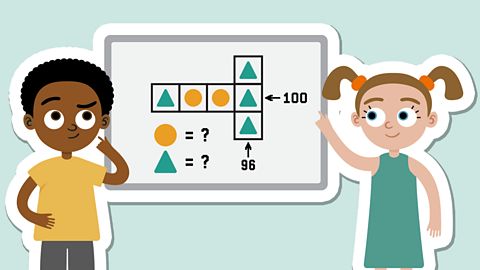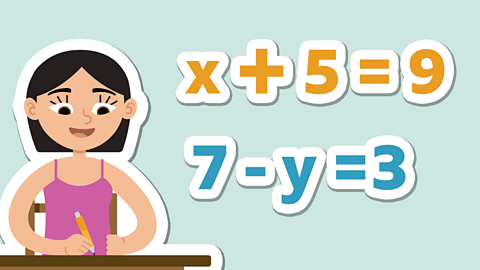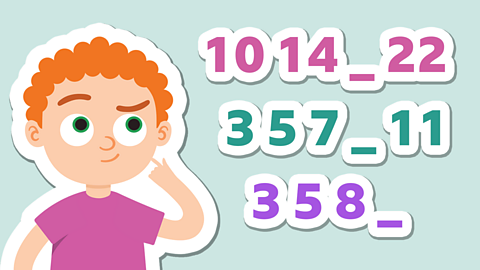The ability to problem solve and make decisions for ourselves is a key thinking skill that is hugely important throughout life.
The greater your skill in this area, the better you are at searching for meaning; making predictions; generating possible solutions; justifying and understanding how you solved something; coping with challenges and making connections to things you have learnt in the past.
Luckily, numeracy provides a wonderful opportunity to constantly sharpen these skills and to put them into practice. When faced with a problem in maths, there are four key steps to think about:
- What I know (Think): read the problem and think about what you are being asked.
- What I need to know (Identify): decide what maths strategies you will need to approach the problem. Do you have all the information? What steps are needed?
- What I need to do (Employ): use your maths strategies to solve the problem.
- What I did (Review): Were you successful in solving the problem? Did you have any difficulties?

To help make these steps a bit clearer to follow and understand, there are a number of easy to remember acronyms (a word whose letters are the first letters of other words – think of it like an Acrostic Poem) and a few examples of these are listed below.
You might already be familiar with some of the examples or maybe you’ll find a new way that you really like.
Always remember to use what works best for you.

RUCSAC
- R – Read the question and underline the important bits
- U – Understand/Underline: think about what to do and underline key words and numbers
- C – Choose how you will work it out
- S – Solve the problem
- A – Answer
- C – Check
CUBES
- C – Circle the question words
- U – Underline key words
- B – Box any key numbers
- E – Evaluate (what steps do I take?)
- S – Solve and check (does my answer make sense and how can I double check?)
RICE
- R – Read and record the problem
- I – Illustrate your thinking with pictures, models, number lines etc
- C – Compute, calculate and check
- E – Explain your thinking
QUACK
- Q – Question – read it carefully
- U – Understand – underline or circle key elements
- A – Approximate – think about the size of your answer
- C – Calculate
- K – Know if the answer is sensible or not
By following these steps each time, you are giving yourself the best opportunity possible to be a successful problem solving detective!
More on Problem solving
Find out more by working through a topic
- count2 of 6

- count3 of 6

- count4 of 6

- count5 of 6
